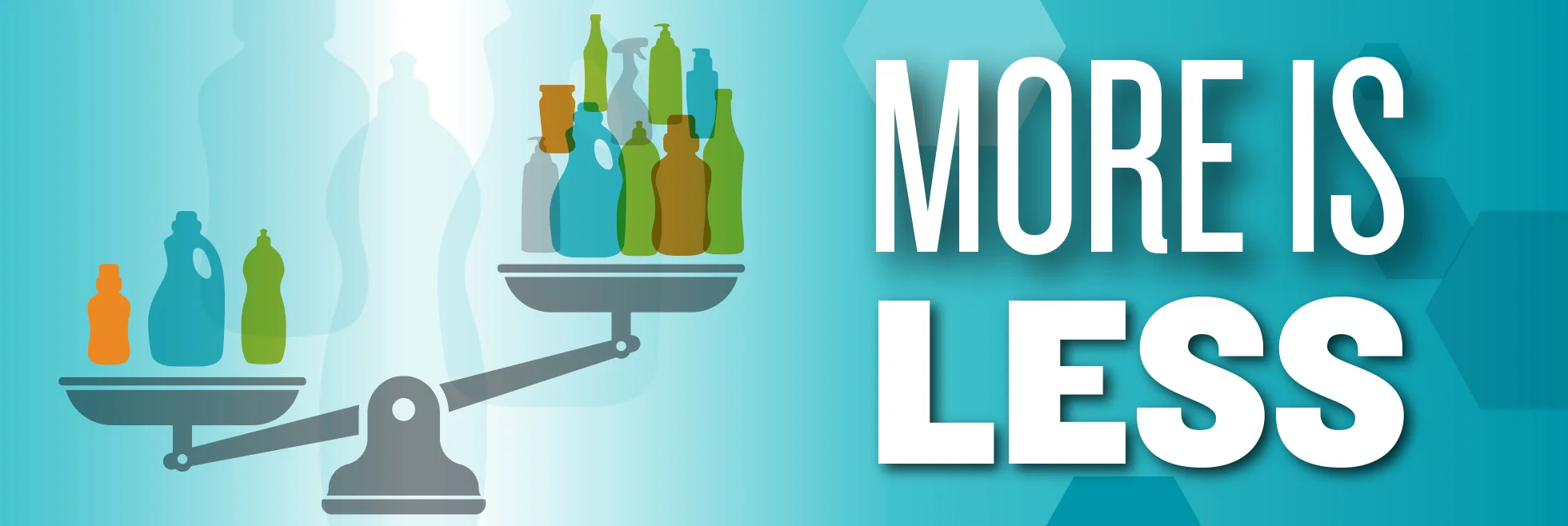
A recent Wall Street Journal article put one of the most repeated Middlegame findings front and center. Most portfolios are too big and managing all these SKUs is draining clients of resources to effectively compete and win through pricing and merchandising. Although the article focuses on the full-scale introduction of Aldi to the retail market here in the United States, the learning from their strategy thus far is identical to what we see when looking at many of the portfolios of our clients.
To keep overhead cost low, but still allow Aldi to focus on high-quality private label products, the German discounter chain has kept store sizes small and limited the assortment found in each category. They aren’t budging from the “quality meets affordability”focus that helped establish the company. To highlight this, the shopping experience for their fresh selection was upscaled to be more in line with traditional supermarkets like Kroger and Whole Foods. However, the low prices persist.
Those lower overhead costs subsequently allow for far more relevant promotions and merchandising opportunities to excite shoppers. During last summer when Amazon and Whole Foods were trying to make a media splash by leaking post-acquisition price cuts, Aldi was delivering the new news to shoppers, but with much lower average prices. According to the Journal, deep discounts on fresh salmon did the trick. It drove high-value foot traffic and those buyers then proceeded to fill their shopping baskets with other items based on the everyday low prices they found in other aisles.
Middlegame works mainly with manufacturers rather than retailers, but the Aldi goals and objectives easily translate to many of our clients. The growth plan is far more ambitious than any other player in the market. They accept their role as a disruptor. Aldi knows that they won’t be taking over the industry, but they will be able to gain significant market share with a limited assortment and more savvy use of price and promotions to drive shoppers to their banner. It is an identical conversation that we repeatedly have with our clients.
We explained our preference for renovating before innovating here in the blog earlier, but a quick example makes this “more is less” concept so much more relevant. We published a recent case study where we identified that a -66.4 percent cut in active SKUs would only reduce volume by -1.3 percent for the portfolio, but increase retail value by 2.5 percent. Ouch! That is a hard pill to swallow. We never even factored in the costs of managing the 3X products actually needed. Our point was that these savings could be reinvested in new and more relevant SKUs as well as additional pervasive pricing and merchandising to attract shoppers. The opportunity to follow the path that Aldi has proven is there and waiting. The CIA platform simply lets you identify the 33.6 percent of SKUs to keep.
Middlegame is the only ROMI consultancy of its kind that offers a holistic view of the implications of resource allocation and investment in the marketplace. Our approach to scenario-planning differs from other marketing analytics providers by addressing the anticipated outcome for every SKU (your portfolio and your competitors’) in every channel. Similar to the pieces in chess, each stakeholder can now evaluate the trade-offs of potential choices and collectively apply them to create win-win results.
